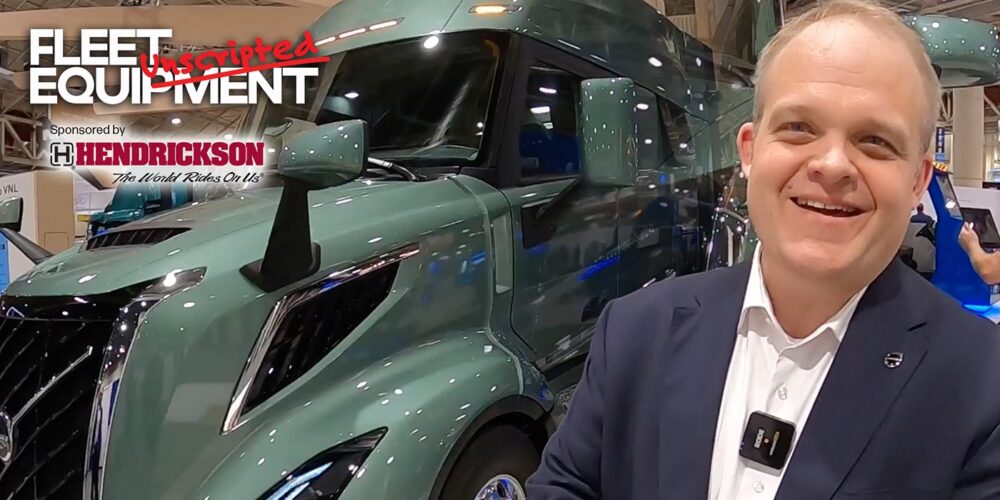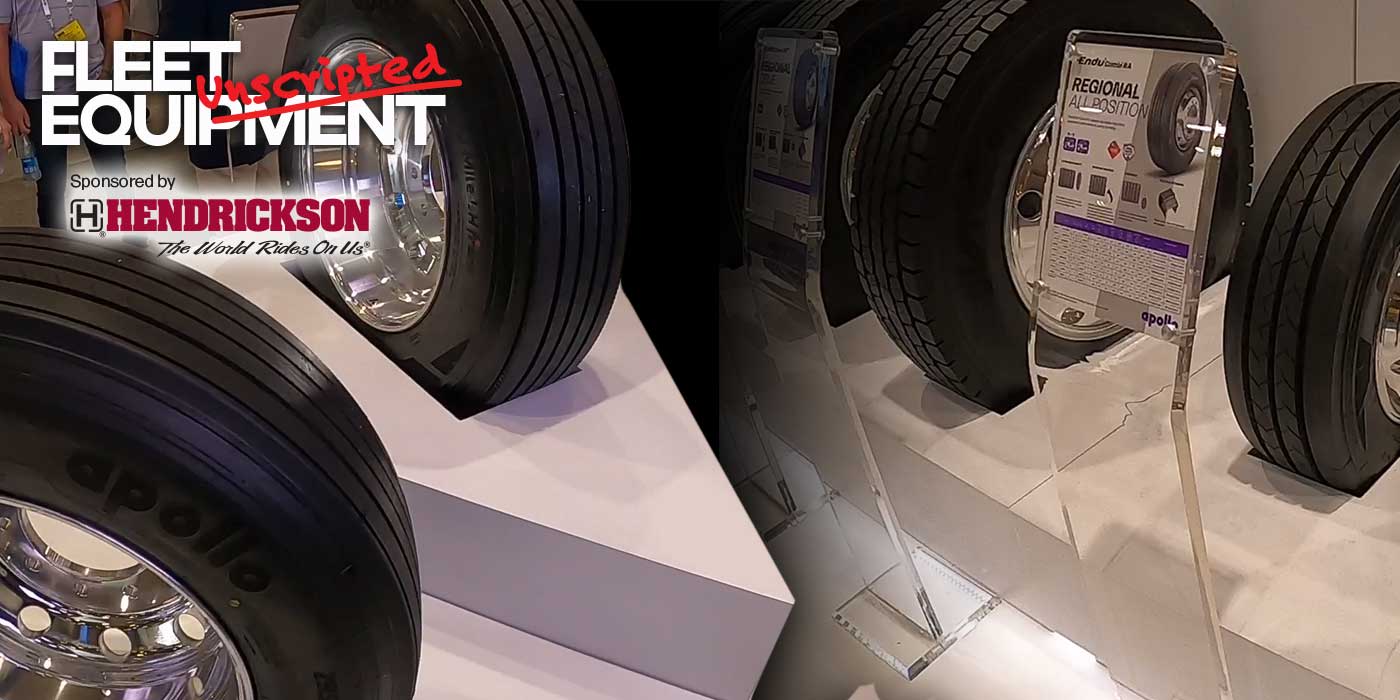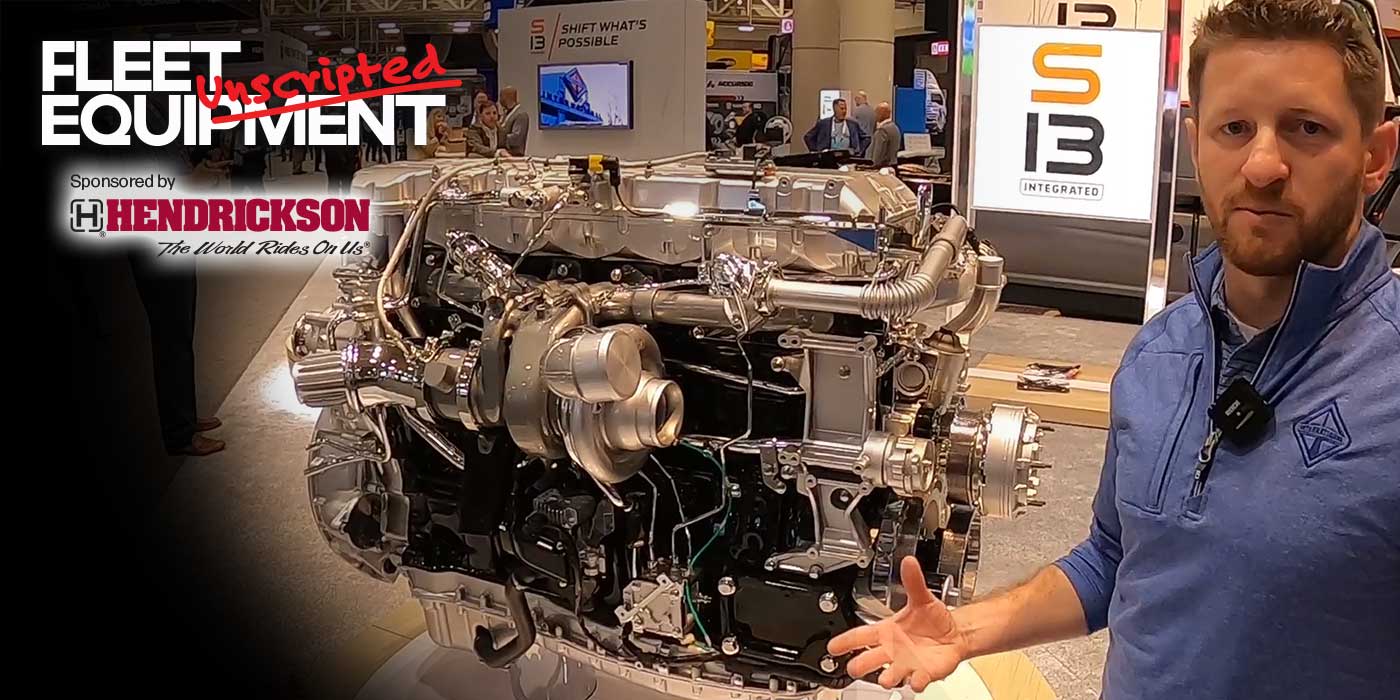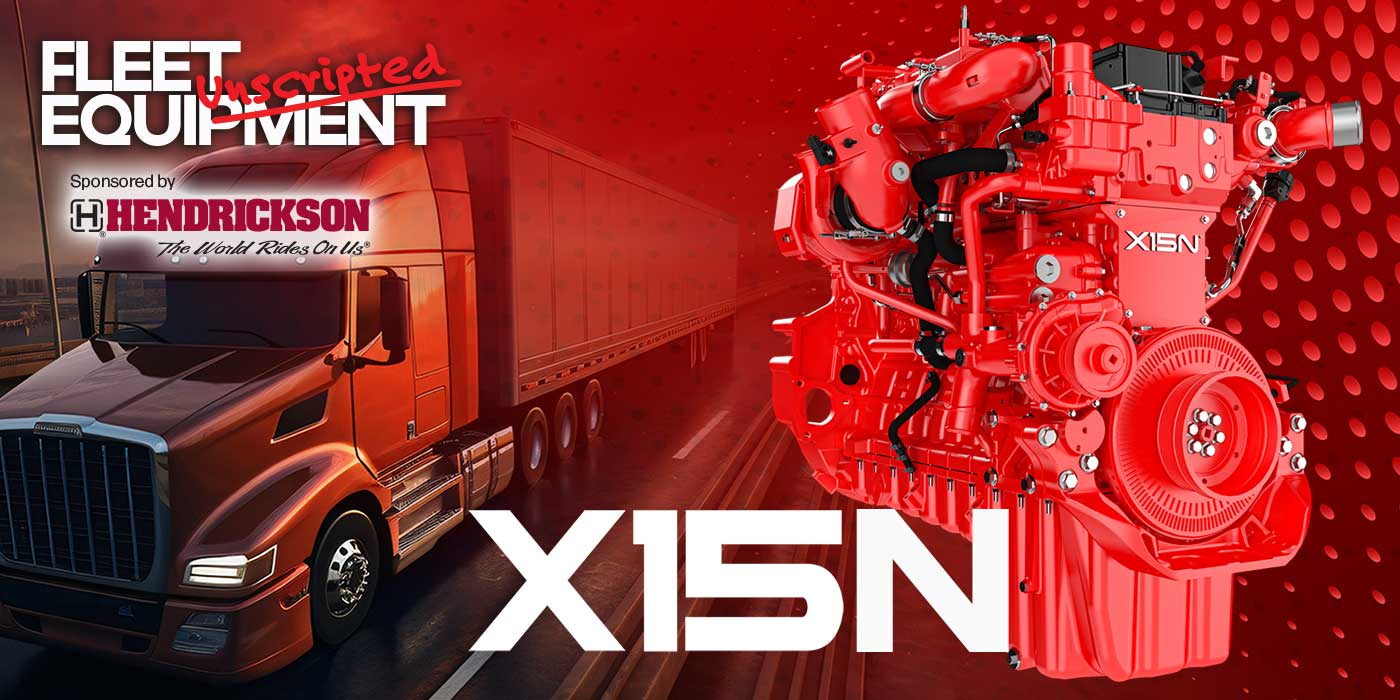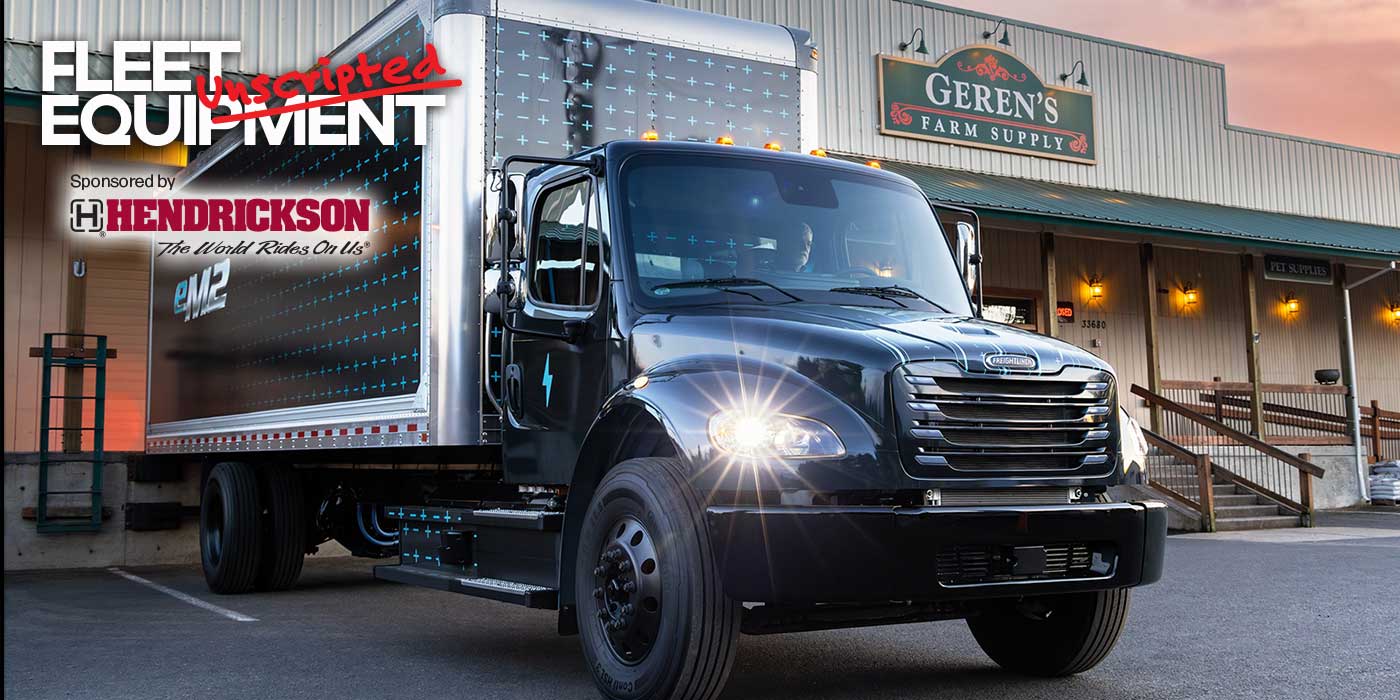If the aim in creating a self-driving truck is to improve truck operation safety, then it begs the question: What if a safety critical component fails? Think: electrical system failures that impact brake operation or steering controller and motors. Today’s Level 2 advanced driver assistance systems (ADAS) already support braking and steering operation, offering a glimpse at the first step toward self-driving Level 4 autonomy, but what does equipment redundancy in Level 4 autonomous trucks really mean? Are there two sets of brake pads and rotors if the truck has disc brakes? What about steering motors–are there two of those?
Suman Narayanan, director of engineering for Daimler Truck North America (DTNA), was kind enough to take some time to put up with all of my questions and pop the hood of an autonomous chassis Freightliner Cascadia so that we can actually see the redundancy put in place with the autonomous chassis that it’s delivering to both Torc Robotics and Waymo.
“If you think about it, the primary role of a driver goes beyond just controlling the vehicle in the lateral and longitudinal direction,” Narayanan explained. “Those are very key elements for safety, so we have redundancy in terms of braking system and also we have redundancy in terms of steering system…. Today, a human driver is using his or her muscle power to make sure that they can control the vehicle [steering] without hydraulic support, for example. Now let’s look at a world without a human driver behind the controls-— you need to have the same capabilities in these vehicles.”
Watch the video above for an eye-opening look at a Level 4 autonomous truck chassis.
What are the automated driving levels again?
Level 2, Level 4–what happened to Level 3–and what’s Level 5?
Here are the SAE automated driving levels relevant to today:
- Level 2—Partial Driving Automation: Characterized by both the lateral and longitudinal vehicle motion control subtasks of the dynamic driving task (DDT) the expectation that the driver completes the object and event detection and response (OEDR) subtask and supervises the driving automation system.
- Level 3—Conditional Driving Automation: The sustained and ODD-specific performance by an automated driving system of the entire DDT with the expectation that the human driver will be ready to respond to a request to intervene when issued by the ADS.
- Level 4—High Driving Automation: Sustained and ODD-specific ADS performance of the entire DDT is carried out without any expectation that a user will respond to a request to intervene.
The general consensus in the commercial vehicle industry is that technology will leapfrog Level 3 because it tends to put drivers into a challenging position of having to take over in the middle of a complicated, safety-related event. In a Level 2 system, the driver is still responsible for the safe operation of that vehicle. In Level 4, that responsibility falls onto the vehicle system even with a driver in the vehicle, when it’s in Level 4 autonomous operation mode.
Building the autonomous truck business case
It’s not just about the equipment capabilities—it’s also about the business case for autonomous trucks. Is there after-sales support? What applications is this technology aimed at? Where’s the ROI coming from?
For it’s part, DTNA has started sharing its answers. Check it out:
No script? No plan? No problem. Welcome to Fleet Equipment Unscripted—the video interview series that connects you with the greatest minds in the heavy-duty trucking world. Fleet Equipment Unscripted is sponsored by Hendrickson.






